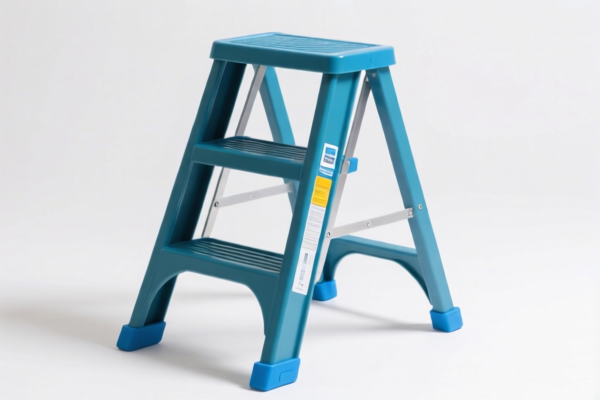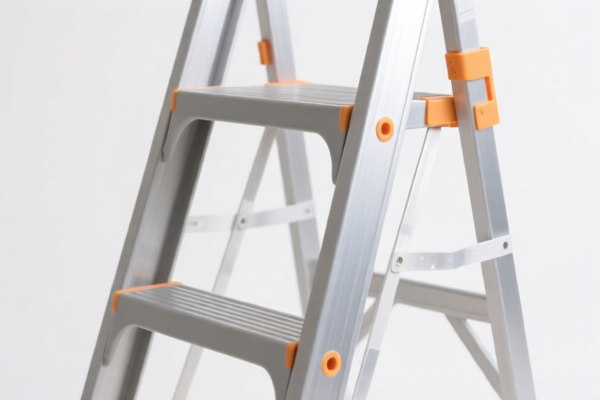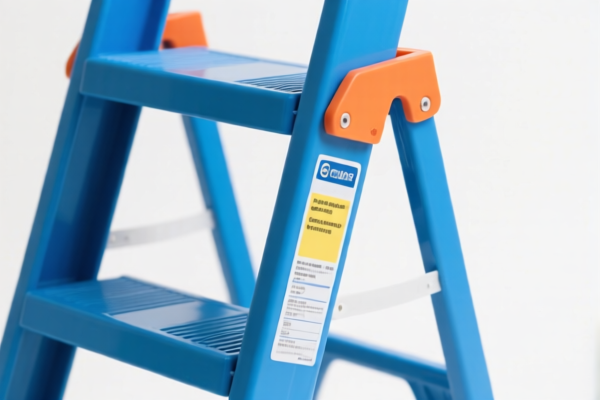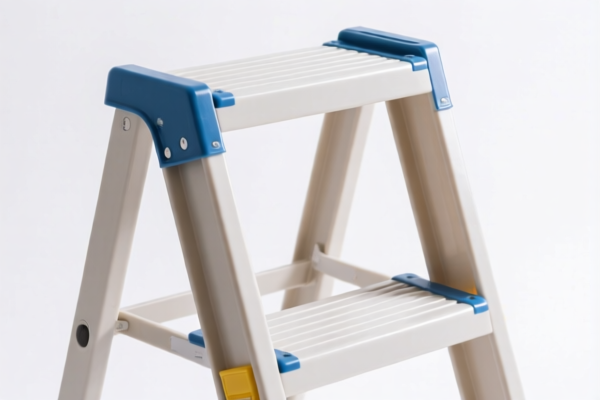| HS Code | Official Doc | Tariff Rate | Origin | Destination | Effective Date |
|---|---|---|---|---|---|
| 9506910030 | Doc | 67.1% | CN | US | 2025-05-12 |
| 9507908000 | Doc | 39.0% | CN | US | 2025-05-12 |
| 3926903500 | Doc | 44.0% | CN | US | 2025-05-12 |
| 3926909989 | Doc | 42.8% | CN | US | 2025-05-12 |
| 3916903000 | Doc | 61.5% | CN | US | 2025-05-12 |




Training Whip
A training whip, also known as a dressage whip or lunge whip, is a tool used in equine training, primarily for communication and reinforcement of cues. It is not intended for inflicting pain or punishment, but rather to provide a clear and consistent signal to the horse.
Material
Training whips are typically constructed with the following components:
- Handle: Commonly made of leather, rubber, or synthetic materials. Leather provides a traditional feel and grip, while rubber or synthetic options offer increased durability and weather resistance.
- Shaft: Usually fiberglass, carbon fiber, or a combination of materials, providing flexibility and length.
- Thong: The flexible striking part, traditionally made of braided leather or nylon. The length and weight of the thong vary depending on the intended use. Some whips utilize a flag instead of a thong.
- Keeper: A loop or ring that secures the thong or flag to the handle.
Purpose
The primary purposes of a training whip include:
- Reinforcement of Aids: To reinforce leg, seat, and rein aids, clarifying the trainer's intentions.
- Directional Guidance: To provide a signal for direction, particularly during schooling movements.
- Motivation: To encourage forward movement and engagement.
- Safety: Used to direct the horse away from obstacles or potentially dangerous situations, particularly during lunge work.
Function
A training whip functions by creating a subtle tactile sensation when lightly touched against the horse's body. The sensation should be sufficient for the horse to understand the cue, but not cause discomfort. Correct usage involves a precise and controlled application of the whip, typically against the hindquarters or shoulder, never directly on the spine or sensitive areas.
Usage Scenarios
- Dressage: Used to refine movements, encourage engagement, and maintain impulsion.
- Lungeing: Employed to direct the horse along the lunge circle and encourage proper form.
- Groundwork: Can be utilized to reinforce directional cues and encourage responsiveness.
- General Schooling: Used across various disciplines to improve responsiveness and clarity of communication.
Common Types
- Dressage Whip: Typically features a shorter handle and a longer, lighter thong. Often has a weighted end for increased precision.
- Lunge Whip: Characterized by a long handle (often 6-8 feet) and a relatively short thong or flag. Designed for reaching the horse at a distance.
- Jump Whip: Shorter handle and a lighter thong, used for encouraging forward movement and maintaining rhythm during jumping.
- Balanced Whip: Features a weighted balance point in the middle of the shaft for improved control and feel.
- Flag Whip: Utilizes a fabric flag instead of a thong. Provides a visual and tactile cue with less direct impact.
Based on the provided information, a “training whip” can be classified under the following HS codes:
-
9506.91.00.30: This HS code covers Articles and equipment for general physical exercise, gymnastics, athletics, other sports (including table-tennis) or outdoor games, not specified or included elsewhere in this chapter; swimming pools and wading pools; parts and accessories thereof: Other: Articles and equipment for general physical exercise, gymnastics or athletics; parts and accessories thereof Other. The first two digits, '95', indicate Chapter 95, which pertains to toys, games and sports equipment. '06' signifies Heading 95.06, specifically covering sports equipment. The '91.00.30' subheading further narrows it down to other articles and equipment for physical exercise, gymnastics, or athletics. This code would apply if the whip is used for these purposes. The tax detail indicates a base tariff of 4.6%, a surcharge of 7.5%, and a surcharge of 30% after April 2, 2025, for steel or aluminum products, totaling 67.1%.
-
3926.90.35.00: This HS code covers Other articles of plastics and articles of other materials of headings 3901 to 3914: Other: Beads, bugles and spangles, not strung (except temporarily) and not set; articles thereof, not elsewhere specified or included: Other. '39' indicates Chapter 39, covering plastics and articles thereof. '26' signifies Heading 39.26, covering other articles of plastics. The '90.35.00' subheading specifies beads, bugles, and spangles, not strung, and articles thereof. This code might apply if the whip is made of plastic and consists of these components. The tax detail indicates a base tariff of 6.5%, a surcharge of 7.5%, and a surcharge of 30% after April 2, 2025, totaling 44.0%.
-
3926.90.99.89: This HS code covers Other articles of plastics and articles of other materials of headings 3901 to 3914: Other: Other. '39' indicates Chapter 39, covering plastics and articles thereof. '26' signifies Heading 39.26, covering other articles of plastics. The '90.99.89' subheading specifies other articles not elsewhere specified. This code might apply if the whip is made of plastic and doesn't fall into other specific categories within Chapter 39. The tax detail indicates a base tariff of 5.3%, a surcharge of 7.5%, and a surcharge of 30% after April 2, 2025, totaling 42.8%.
-
3916.90.30.00: This HS code covers Monofilament of which any cross-sectional dimension exceeds 1 mm, rods, sticks and profile shapes, whether or not surface-worked but not otherwise worked, of plastics: Of other plastics: Other: Monofilament. '39' indicates Chapter 39, covering plastics and articles thereof. '16' signifies Heading 39.16, covering monofilament and rods of plastics. The '90.30.00' subheading specifies monofilament of other plastics. This code might apply if the whip is made of plastic monofilament exceeding 1mm in cross-sectional dimension. The tax detail indicates a base tariff of 6.5%, a surcharge of 25.0%, and a surcharge of 30% after April 2, 2025, totaling 61.5%.
Customer Reviews
No reviews yet.